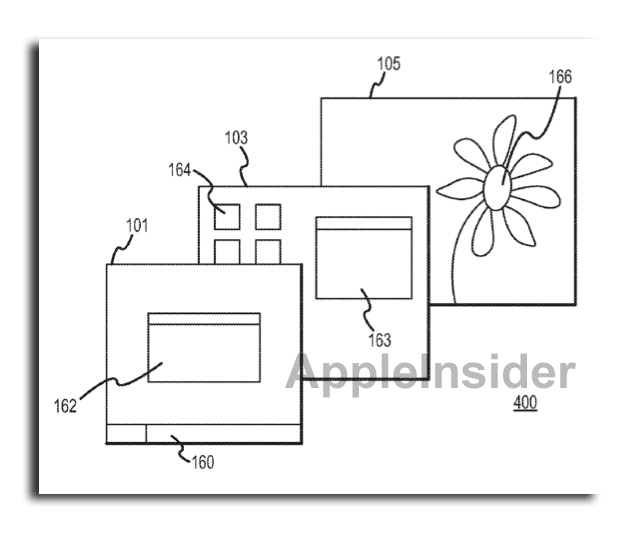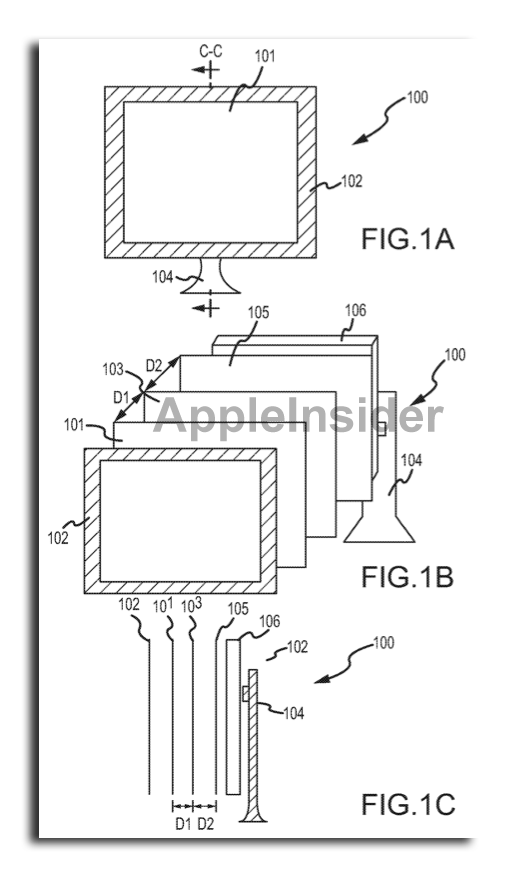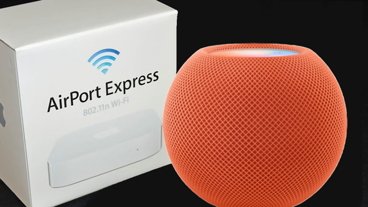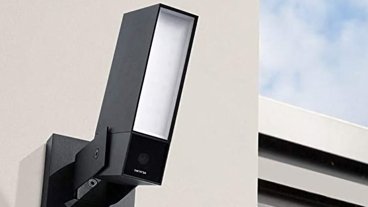The details come from a new patent application published this week by the U.S. Patent and Trademark Office, entitled "Multilayer Display Device." Discovered by AppleInsider, the document describes a display that has individual layers driven by separate graphics processors.
Apple's application notes that interest in 3D has recently seen a resurgence due to improvements in computer-generated imagery and high-definition video. In many current uses, the perception of depth is created by computer graphics that are used to enhance a two-dimensional image.
But these techniques are imperfect, Apple notes, because they only allow a limited amount of depth, and often require that the user wear special glasses to properly see the image. In addition, displaying 3D content usually requires expensive projection equipment.
"As such, most stereoscopic display devices are not practical for personal use," the filing reads.
Apple's solution is a multilayer display system that could be driven by multiple transparent organic light-emitting diode screens, or OLED. The use of multiple transparent screens would allow for layers in an image, creating visual depth for users.
"The use of OLED panels may provide an advantage over traditional display devices, since OLED panels do not require a backlight to function, and may therefore be much thinner and lighter than backlit display panels," the application reads. "OLED panels are further capable of displaying deep black levels and can naturally achieve a high contrast ratio."
While multiple transparent OLED displays could be used in the configuration, the screen farthest from the user would be a more traditional opaque screen, either LCD, LED or OLED.
Each of the display's screens could be driven by its own separate graphics processing unit, ensuring the device has enough power to drive what are actually multiple distinct displays within the 3D monitor.
The filing describes how 3D might be advantageous in using an operating system like Mac OS X, with items like the menu bar, open applications, desktop icons and desktop background displayed on different panels. In one example, a currently selected application resides on the display panel closest to the user, while inactive applications reside on a second panel that is farther away.
The system could also adjust the brightness of the display on the front panel to emphasize those images to the user. Secondary displays would have a lower brightness level, making active applications and the menu bar stand out more.
The application, made public this week, was first filed by Apple in January of 2010. The proposed invention is credited to Peter H. Mahowald.
Apple's interest in 3D is not new. Back in 2008, AppleInsider discovered the company's conceptual images for a 3D user interface in Mac OS X.
Last year, a separate filing showed that Apple had tinkered with the idea of holographic displays that also would not require users to wear glasses. And it has even explored a multi-camera system for taking 3D pictures with an iPhone.
 Neil Hughes
Neil Hughes








-m.jpg)






 Charles Martin
Charles Martin

 Malcolm Owen
Malcolm Owen
 William Gallagher
William Gallagher

 Christine McKee
Christine McKee
 Wesley Hilliard
Wesley Hilliard









22 Comments
Doesn't PureDepth already own similar patents?
http://ir.puredepth.com/releasedetai...ID=443710&l=jp
Doesn't PureDepth already own similar patents?
http://ir.puredepth.com/releasedetai...ID=443710&l=jp
From the looks of it they certainly do. Not that it necessarily means Apple won't be granted a patent on the same thing by a US patent office that sometimes seems clueless.
Please, no 3D displays. As someone who stares at a screen much of the day, I really do not want that. Shadows around windows give enough sense of 3D. I'm fairly certain 3D displays will lead to a lot of headaches.
Doesn't PureDepth already own similar patents?
http://ir.puredepth.com/releasedetai...ID=443710&l=jp
Similar but not the same, Puredepth MLD are all OLED layers, and run by single grafic proces, while Apple give grafic proces to each layer independently, where each of them can be diferent one OLED, LED, LCD.
Please, no 3D displays. As someone who stares at a screen much of the day, I really do not want that. Shadows around windows give enough sense of 3D. I'm fairly certain 3D displays will lead to a lot of headaches.
I think you're missing the idea here. It's not a single display panel designed to fake 3D by exploiting the nature of our depth perception (as current 3D displays do); it's literally multiple panels arranged back-to-forward within one display housing.